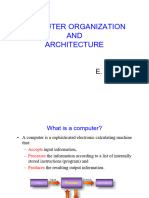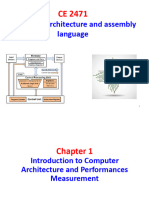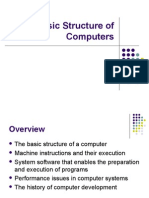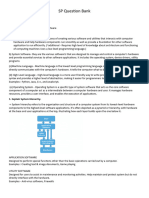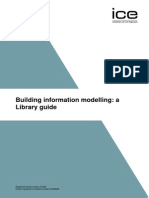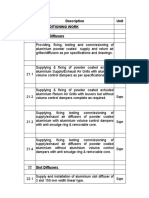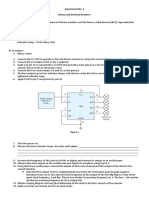0% found this document useful (0 votes)
8 views7 pagesBridgeUnit6 IntroToCompArch MidSem-1
The document provides an overview of computer types, focusing on embedded systems and their characteristics. It explains the concept of Instruction Set Architecture (ISA) and its significance in hardware and software compatibility, particularly between Intel and AMD processors. Additionally, it discusses computer organization versus architecture, the execution of programs, and the memory hierarchy in computer systems.
Uploaded by
dequegamingCopyright
© © All Rights Reserved
We take content rights seriously. If you suspect this is your content, claim it here.
Available Formats
Download as PDF, TXT or read online on Scribd
0% found this document useful (0 votes)
8 views7 pagesBridgeUnit6 IntroToCompArch MidSem-1
The document provides an overview of computer types, focusing on embedded systems and their characteristics. It explains the concept of Instruction Set Architecture (ISA) and its significance in hardware and software compatibility, particularly between Intel and AMD processors. Additionally, it discusses computer organization versus architecture, the execution of programs, and the memory hierarchy in computer systems.
Uploaded by
dequegamingCopyright
© © All Rights Reserved
We take content rights seriously. If you suspect this is your content, claim it here.
Available Formats
Download as PDF, TXT or read online on Scribd
/ 7

























